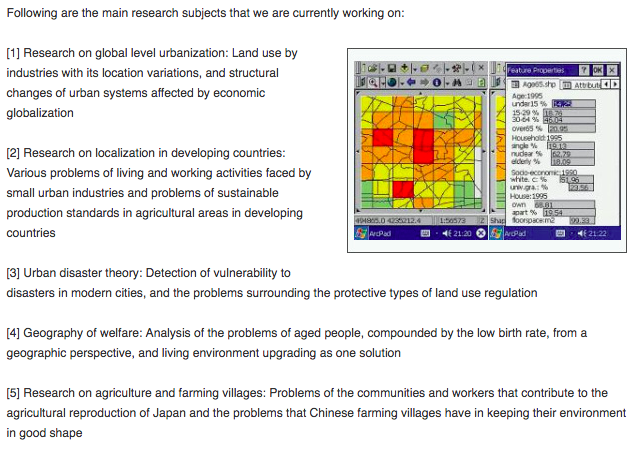Dividual Space
‘A city’s most prominent public spaces are often
emblematic of the city itself and reflect whether its citizens relate well to
the city and to each other’ (Cybriwsky, 1999: 224)
In Tokyo,
much like other global cities, there is an increasing trend towards the
privatised public realm and yet, ‘different
societies and different modes of production produce space differently’ (Smith,
1998: 54). Ideas of publicness are constructed at different scales and sites in
Tokyo. As such, the house, commercial facilities, the street and the
neighbourhood blur established dichotomies of public and private.
In the
study of urban geography, there is a heavy focus on rights to the city and the
implications of changing dynamics of ownership and power. This trajectory runs
alongside a practice of urban design that attempts to regenerate the public
realm. With the redesigning of public spaces comes the redesigning of control
and ownership. As such, there is increased debate about privatisation,
surveillance, security and control over mobility.
One of the biggest transformations from public to private
land is the Roppongi Hills development. Constructed
by Minoru Mori, the estate developer, the ‘city within a city’ incorporates a 54-story
tower, apartments, offices, shops, restaurants, theatres, the Mori Art Museum,
a hotel, a TV studio, an outdoor amphitheatre and parks (Elberse,
2011). It is an example of Privately Owned Public Space (POPS) which
is private property yet useable by the public (Kayden, 2000). Occupying 29 acres in central Tokyo amongst a
backdrop of micro spaces, ‘the development
operates on a foreign scale’ (Pearson, 2007: 121). This is evidence of how
changing building regulation and reorganising spatial scale is 'an
integral part of social strategies and struggles for control and empowerment'
(Swyngedouw, 2000: 70).
Tokyo Scanner by Oshii Mamoru / MORI BUILDING COMPANY LTD
The
video ‘Tokyo Scanner’ has an aesthetic that incorporates technologies of
looking and surveillance,
matched by the realities on the ground. The birds eye view of Tokyo privileged
by the film, and by the Mori Tower creates a sense of the overseer, showing how
power is emboldened by the built environment through ‘creative mobilisation of
developmental institutions to enhance land development profits and
assets’ (Fujii et al., 2007: 579). In such a way, whilst the
public sphere attempts to extend horizontal relations, the private moves
vertically, creating an insular and exclusive politics in the sky.
As a gesture, certain freedoms are granted but controlled,
such as the prohibiting of vehicles on shopping streets for recreation. On
Sundays in smaller districts and in the heart of the city alike, streets are
closed so people are able to meander freely. However, these spaces are
dominated by restaurants, bars and shops as ‘landscapes of consumption' (Cybriwsky, 1999: 223).
 |
| Road Closure, Kagurazaka |
 |
Road Closure, Ginza
|
Because
POPS often come with a long list of prohibited behaviours, it is all the more
important that ‘citizens are aware of which places belong to the public realm
and which claims can legitimately made on these spaces’ (Dimmer, 2012: 84).
Whilst the public is increasing in private qualities, there is a movement that redefines the collective
sphere through the ‘counterpublic’ (Warner, 2002). Originating in the radicalism and citizen
activism of the 1970’s, the 1990’s saw the development of the ‘machizukuri’ movement
meaning town making or community development (Hein, 2001). Through this, spaces have been developed around
concepts of historical preservation, spatial enhancement,
contestation and protection (Watanabe 1999). This opposition against the
development of private spheres ‘coincided with the emerging concept of the ‘new
public’ in Japan and contributed to increased social capital in local
communities’ (Hayashi, 2010). The popularity of the movement reflects a growing
sense of crisis at the community level, much like the disintegration of the
streetscape and the reality of a declining public sector.
In Yanaka, the ‘Yanaka School’ helped to create community assets by renovating a disused community bathhouse into an art gallery, asserting historical legacy, encouraging preservation and regeneration alike. These notions of reinforced publicness extend beyond the boundaries of the build environment: creating local magazines, cataloguing community resources and making constitutions (Sorensen, 2009).
|


Comments
Post a Comment